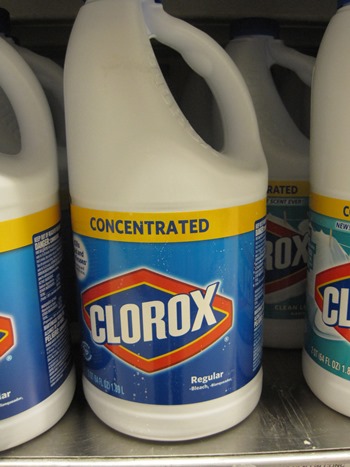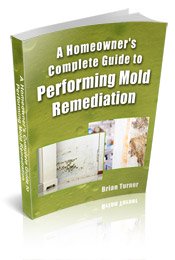Find a Mold Specialist Now
Click or Call, Toll-Free 24/7
Mold Cleaner Reviews
If you are struggling with a mold problem in your home, you are probably wondering which mold cleaner will be the most effective at cleaning mold. Since there are so many cleaning products for mold on the market, it can be difficult to choose the one that is right for your specific needs. Each cleaner has different strengths and weaknesses. Some cleaners have harsh chemicals that can cause sensitivity while others may be too gentle to get the job done. How do you know which one to choose?
Choosing the best cleaner for your mold problem is simply a matter of being a smart consumer. You must understand the different types of cleaners available and read product labels carefully in order to find the right mold solution for you. If your mold problem is minor, you may be able to use an organic product that will be safe for use around children and pets. If you have a severe mold problem, then you may need to use a product with harsh chemicals or remove the affected area entirely. It is important to note that the U.S. Environmental Protection Agency (EPA) recommends hiring a professional for the cleanup if the mold covers more than 10 square feet, is in your HVAC system, or was caused by contaminated water.
There are plenty of products for cleaning mold on the market. Review the options below for information about each of your options for cleaning mold.
Bleach for Mold Removal

There is some controversy over whether or not bleach is an effective mold cleaner. Although bleach works well as a disinfectant in many situations, it is not recommended as a mold cleaner. Bleach will only kill mold on the surface of the affected area. Bleach produces harmful fumes and can actually make the mold problem worse since it is primarily composed of water. The water will sink deep into the moldy area which will feed the mold. Bleach is not recommended for mold removal by the EPA.
Detergent for Mold Removal
Detergent will work as a mold cleaner for non-porous surfaces like plastic or certain tiles and countertops. Combine the detergent with warm water then scrub down the affected area until all the mold is removed. After scrubbing the affected area, you should dry it completely. As long as you make an attempt to control the moisture in your home, the mold should not return after being scrubbed off a non-porous surface. When cleaning moldy surfaces, you should always protect yourself by wearing gloves and an approved mask.
Borax for Mold Removal
Borax is a gentler and safer alternative to cleaning mold with bleach. If you are having a problem with mold in your kitchen or bathroom, borax is an appropriate mold cleaner. This white powder is effective at killing mold on surfaces and does not have the same negative side effects as bleach. Mix one cup borax with one gallon of water and then spray the affected area with this solution. Wait a few minutes (you don’t want to scrub dry mold) and then scrub the mold away.
Removing Mold from the Home
In some cases, cleaning mold may not be appropriate. Porous surfaces such as drywall or wood will need to be removed and replaced. If the wood can’t be removed the surface will need to be cleaned and encapsulated. (Some professionals will sand wood to get to all the mold, but that can be dangerous and should only be done by trained professionals). If mold is growing on carpet or clothing then you must dispose of these items. Mold is nearly impossible to remove from fabric. There are some products that promise to “seal” porous surfaces, but it is better to be safe. Dispose of moldy items when possible and seal concrete surfaces if they cannot be removed from the home.
Whatever method you choose for cleaning mold, it is best to have a professional help with the process. A mold specialist can help you determine the extent of your mold problem and the most appropriate treatment. Treating the problem yourself may lead to risk of further health problems or the return of the mold problem.
Getting Professional Assistance
We recommend getting professional assistance with mold removal if:
- You have mold covering a large surface area.
- Mold is growing on wooden surfaces (it may need to be sanded or encapsulated, but a professional will know how to make that call and if needed, how to do it safely).
- Mold is growing in your heating and air conditioning system.
- You have symptoms of mold exposure, environmental allergies, respiratory problems such as asthma, or problems with your immune system (cleaning up mold exposes you to mold spores, which may cause illness).
If you’re not sure if you should tackle a mold removal job on your own, you can schedule a free consultation with a professional. Even if you end up deciding to do the work yourself, you’ll gain valuable information and advice by speaking with a professional.
Follow the link to find a list of mold removal professionals in your area.
Return From Mold Cleaner To Our Main How To Remove Mold Page
Black Mold Health Symptoms Home Page





